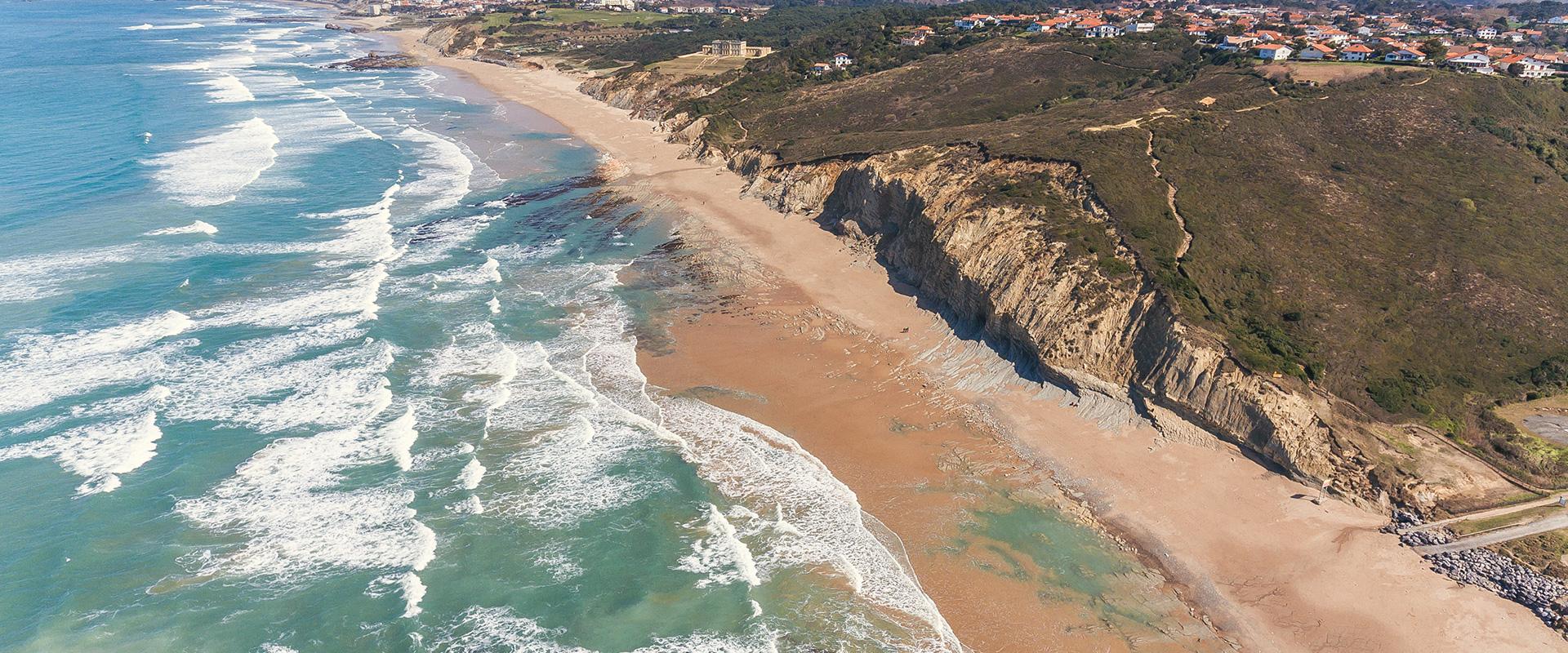An article by Gonéri Le Cozannet, co-author of the IPCC Group 2 report, published in February 2022, on ‘Climate Change Impacts, Adaptation and Vulnerability’.
Particular attention is paid to sea level rise in the second part of the 6th IPCC assessment report published in February 2022. Unlike other climate variables such as temperature and precipitation, the sea level will continue to rise long after global temperatures have stabilised, since mountain glaciers and ice caps in Antarctica and Greenland will take centuries to adjust to new temperatures.
Thus, while it is still possible today to limit the rate of sea level rise to around 4mm/year, it is no longer possible to stabilise the level of the sea itself.
The report therefore warns of the singular nature of adaptation to the rise in sea level. While we are just beginning to witness an increase in the frequency of chronic coastal flooding in places such as Venice or along the east coast of the United States, we already know what the subsequent stages will be: a generalisation and intensification of coastal flooding at high tide, during storms or hurricanes, salinisation of estuaries and coastal waters, and permanent flooding or erosion of low-lying or sandy coastlines.
These issues motivated the drafting of a summary, included in the February 2022 report, of the risks associated with sea level rise.
This summary makes it clear that our ability to adapt to current and future coastal risks will depend on two measures being taken immediately:
- compliance with the Paris agreement to stabilise global warming below 2°C above pre-industrial levels;
- adaptation to the inevitable effects of sea level rise.
How can we predict sea level rise in the future?
Stabilising the climate below 2°C to allow time for adaptation
Observations from tide gauges and altimetry satellites show that the rise in sea level is accelerating. From 1.4mm/year in the 20th century, it is now about 4mm/year. Limiting global warming, by reducing greenhouse gas emissions, will allow more time for adaptation.
Above 2°C, the global rate of sea level rise could reach 1cm/year on average after 2050, and possibly more in the case of rapid melting of the ice caps in Greenland and especially Antarctica. Thus, with between 2°C and 2.5°C of global warming, coastlines will be reshaped for centuries and millennia, threatening to submerge coastal areas where between 0.6 and 1.3 billion people live today. The benefits of a policy to reduce greenhouse gas emissions and stabilise climate change are therefore obvious for coastal areas.
Adapting to sea-level rise
It is now urgent to adapt more, even though it is true that some progress has been made. This has been the case in France, for example, for at least the last 25 years with the gradual evolution of policies for forestalling coastal risks or the coastline management strategy.
However, regardless of the country, adaptation is never complete. In France, adaptation strategies are focussed on the year 2100, whereas high tide coastal flooding will occur much earlier, and current developments may have longer term consequences, leading ultimately to irremediable situations. Moreover, coastal adaptation takes a long time, sometimes several decades. In Venice, it took more than 40 years to set up the MOSE system to prevent the increasingly frequent aqua alta events.
What kind of coastline do we want for tomorrow?
The issue of adaptation to sea level rise is not limited to technical measures such as coastal protection, relocation of strategic sites, or building houses on stilts.
It leads us to think about the coastlines we want for tomorrow. While the transformations described in the IPCC report are extremely significant, they will enable many benefits that go far beyond the issue of sea level rise alone. If we fail to implement these science-based solutions we will compromise the future.







